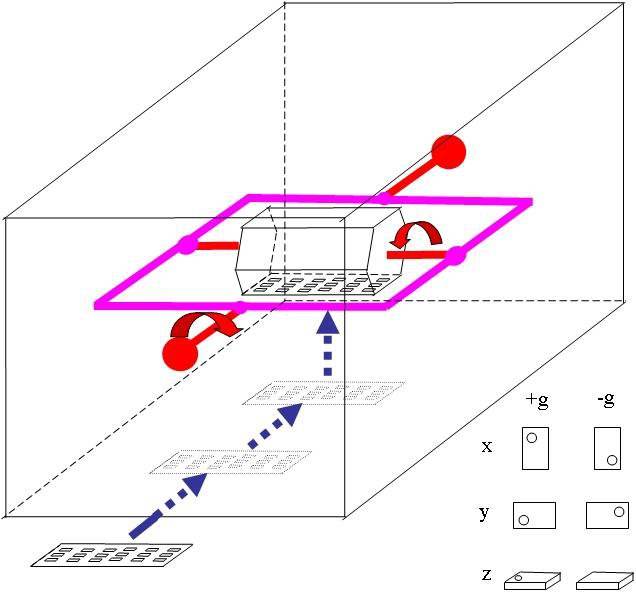What is Linear Accelerometer Unit?
Linear accelerometer, Linear Accelerometer Unit, abbreviated as LAU, it is an inertial sensitive element of inertial navigation, inertial guidance and control detection equipment, and its output is proportional to the acceleration of the carrier (airplane, missile, automobile, etc.) Or it has a certain functional relationship and is widely used in the guidance and control of aviation, navigation, aerospace and weapons, including: the guidance and navigation system of aircraft, the leveling system of various reference platforms and platforms, the geological prospecting, borehole survey, Building foundation and road and bridge detection systems, vehicle leveling systems, and collision avoidance systems.
Accelerometers can be divided into linear accelerometers and angular accelerometers according to different principles. Acceleration sensors are generally divided into four types: piezoelectric acceleration sensors, piezoresistive acceleration sensors, capacitive acceleration sensors, and servo acceleration sensors. There are many types of linear accelerometers, liquid floating pendulum accelerometers, flexible accelerometers, piezoelectric accelerometers, electromagnetic accelerometers, etc., electrostatic accelerometers, laser accelerometers, etc .;
Future trends:
(1) Force-balance pendulum accelerometers occupy almost the entire market of high-accuracy accelerometers. Improve the performance of liquid pendulum, flexible pendulum and quartz pendulum accelerometers to meet the demand for high-accuracy accelerometers.
(2) Due to the urgent requirements of digital output and large dynamic range and high resolution, the development of quartz vibrating beam accelerometers is very rapid.
(3) Micromechanical accelerometers have the advantages of low cost, high reliability, small size, light weight, and mass production. They have huge potential in military and civilian applications and are an important direction for the development of accelerometers.
For more information, please contact info@sennavs.com

